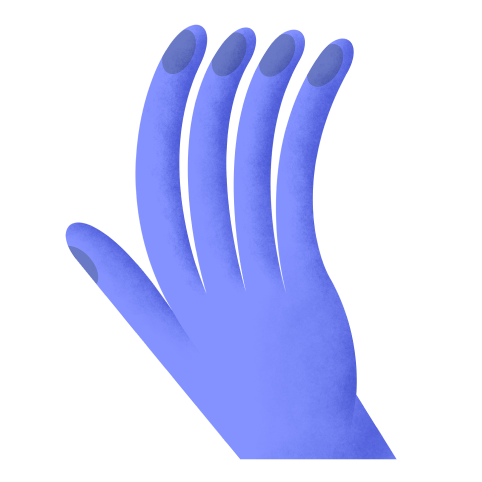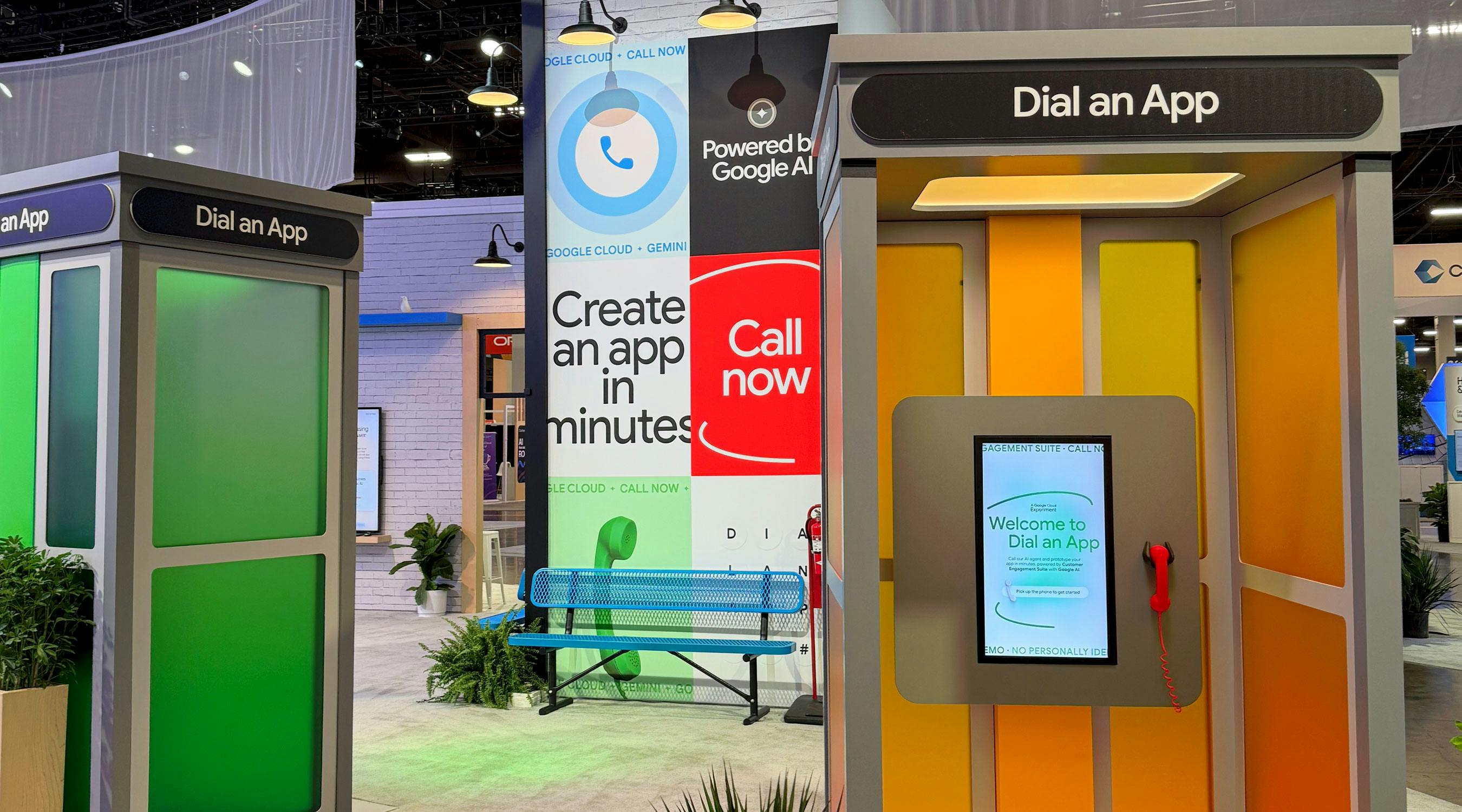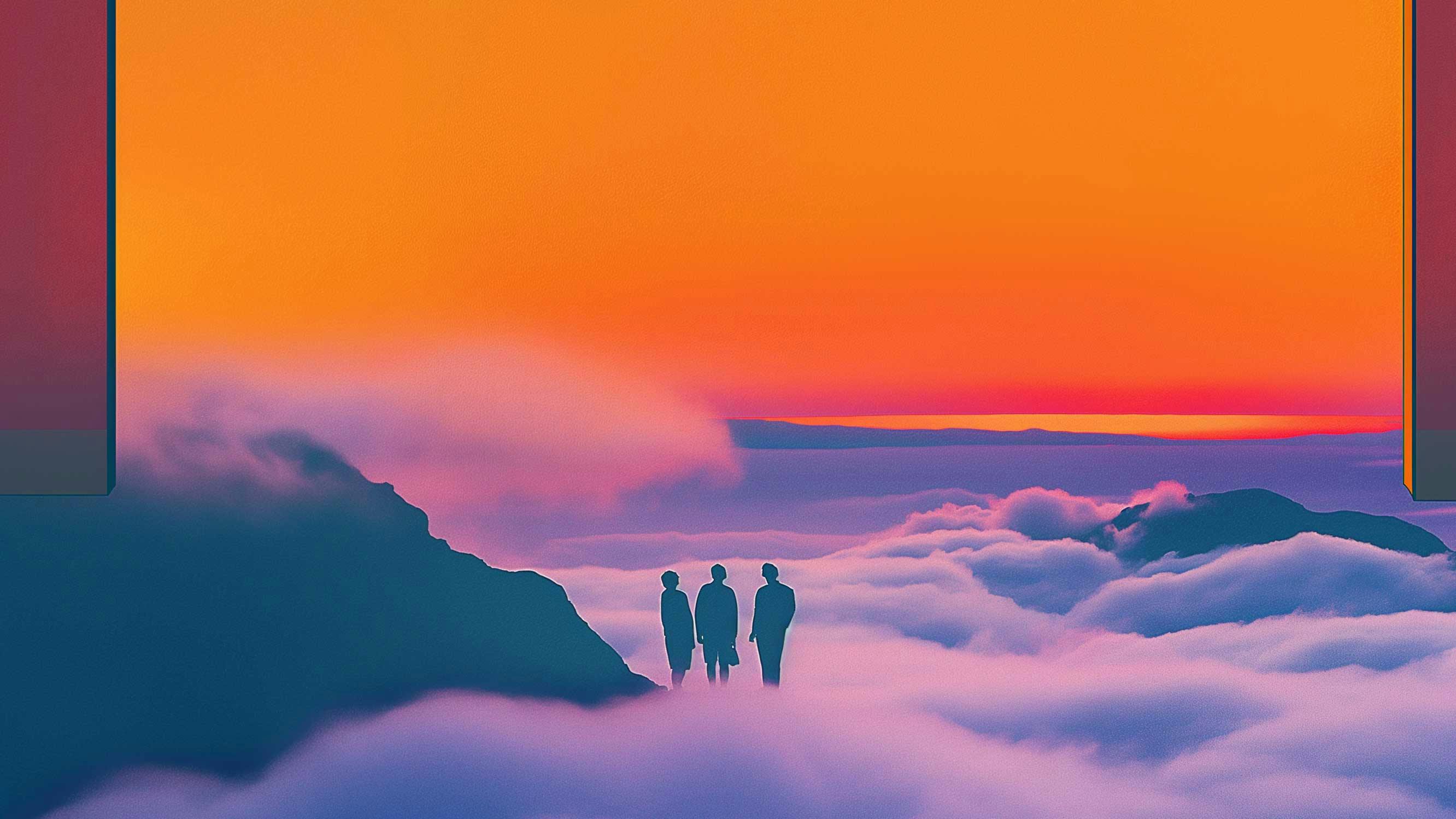Separate From Life: “Made in LA” Curator Hamza Walker Talks Shop with Use All Five
Hamza Walker is the Director of Education and curator of the Renaissance Society at the University of Chicago and the co-curator of the Hammer Museum's "Made in LA 2016". We talked to him about the exhibition and the global nature of LA art.
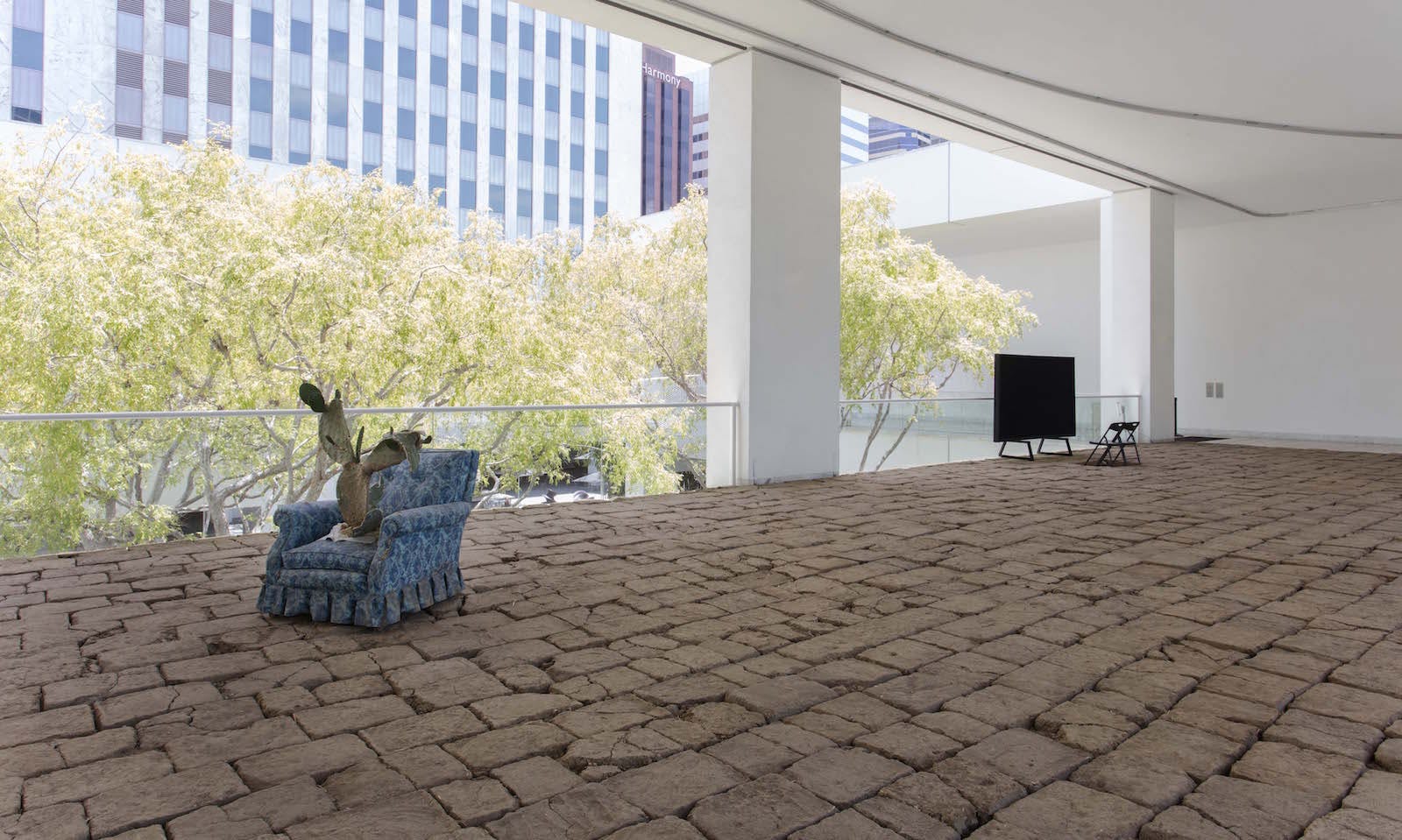
Why do you think the Hammer invited you, a resident of Chicago, to curate the “Made in LA” exhibition?
Hamza Walker: Despite the exhibition’s title, Made in L.A. is hardly a provincial affair. While LA can be characterized as a world unto itself, it is nonetheless a world with artists of varying stature, from those with an international profile to those who rate as best kept secrets. So while there may be an inside, LA is nonetheless a global center. I never thought to ask but I assumed inviting me was a way of acknowledging that the scope and quality of art produced in Los Angeles transcends region.
If my perspective is to have value it should not be taken as that of an outsider... LA has arrived at a point where the inside/outside issue can be productively suspended. In some sense, it's all outside.
What’s the value of an outsider’s perspective to a series like this?
Hamza Walker: If my perspective is to have value it should not be taken as that of an outsider. Los Angeles is a major locus of contemporary art. Its activities contribute substantially in defining the field. Moreover its regional art historical narrative has been roundly acknowledged as inseparable from a national and by default international post-war art historical narrative. While I wouldn’t altogether dismiss notions of inside and outside, my sense, in coming from a place with a much smaller community, was LA has arrived at a point where the inside/outside issue can be productively suspended. In some sense, it’s all outside.
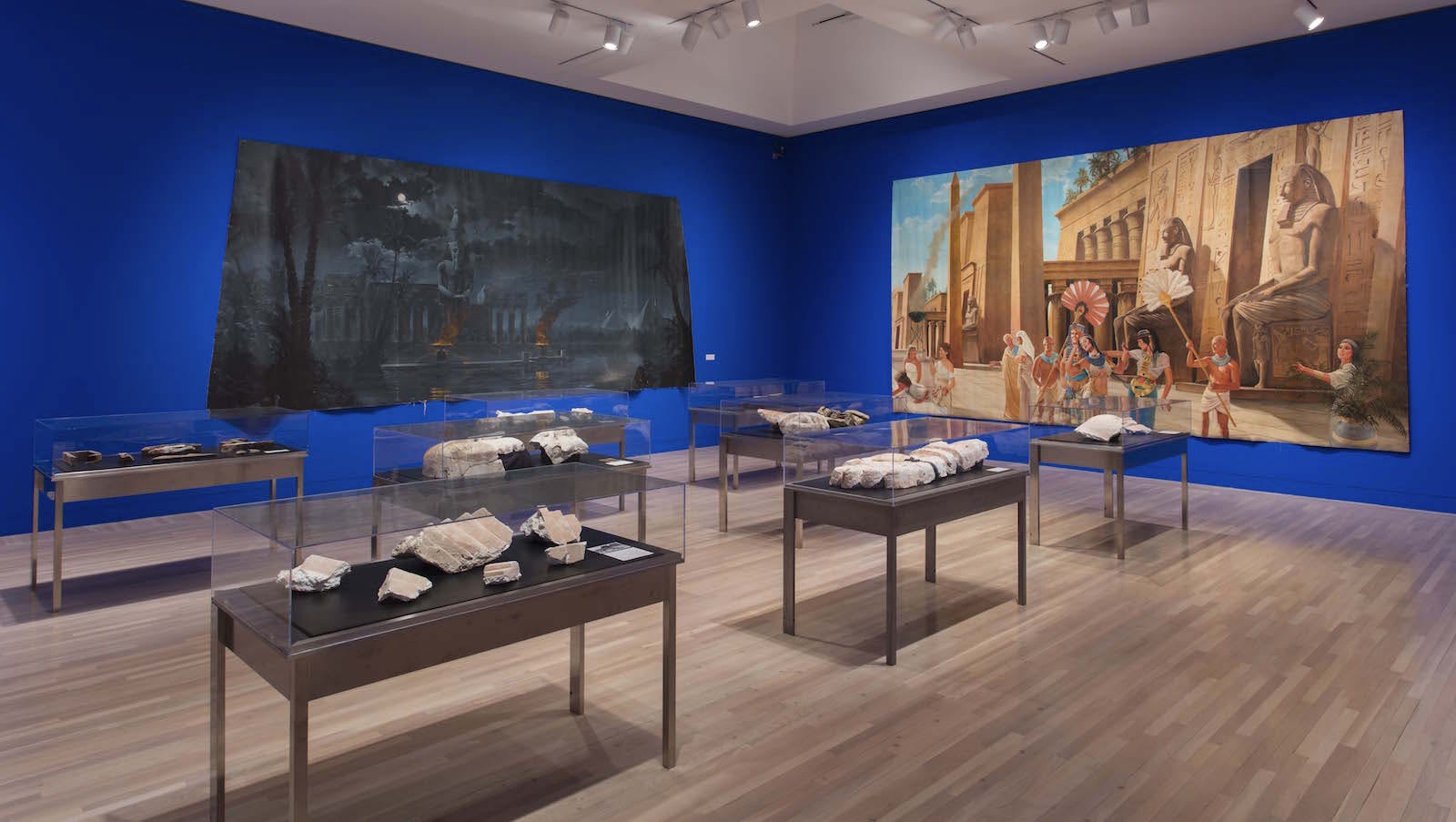
Can you tell us about your first visit to Los Angeles?
Hamza Walker: I came to LA for the first time in 1992 with the intention of moving here. I was 25 years old. I stayed in a youth hostel in Venice where I shared a space with an Austrian couple and their baby. They were body builders funny enough. I found L.A. simultaneously ridiculous and sublime. After a few days at the hostel, I stayed with a friend, Andrea Kalas who is an amazing film archivist/preservationist.
How have you experienced LA since then?
Hamza Walker: Five years later, in 1997, I had the good fortune of spending a lot of time with Raymond Pettibon. The Renaissance Society and the Philadelphia Museum co-organized a retrospective curated by Ann Temkin and my former boss, Susanne Ghez. Ann and I co-edited the catalogue, The Raymond Pettibon Reader. Subsequent to that, I made LA a regular destination.
Have you discovered such a thing as an Angeleno identity?
Hamza Walker: In terms of art, no. With respect to Made in LA, the artists are a mix of natives and non-natives and their work reflects a broad array of practices not necessarily specific to any regional traits.
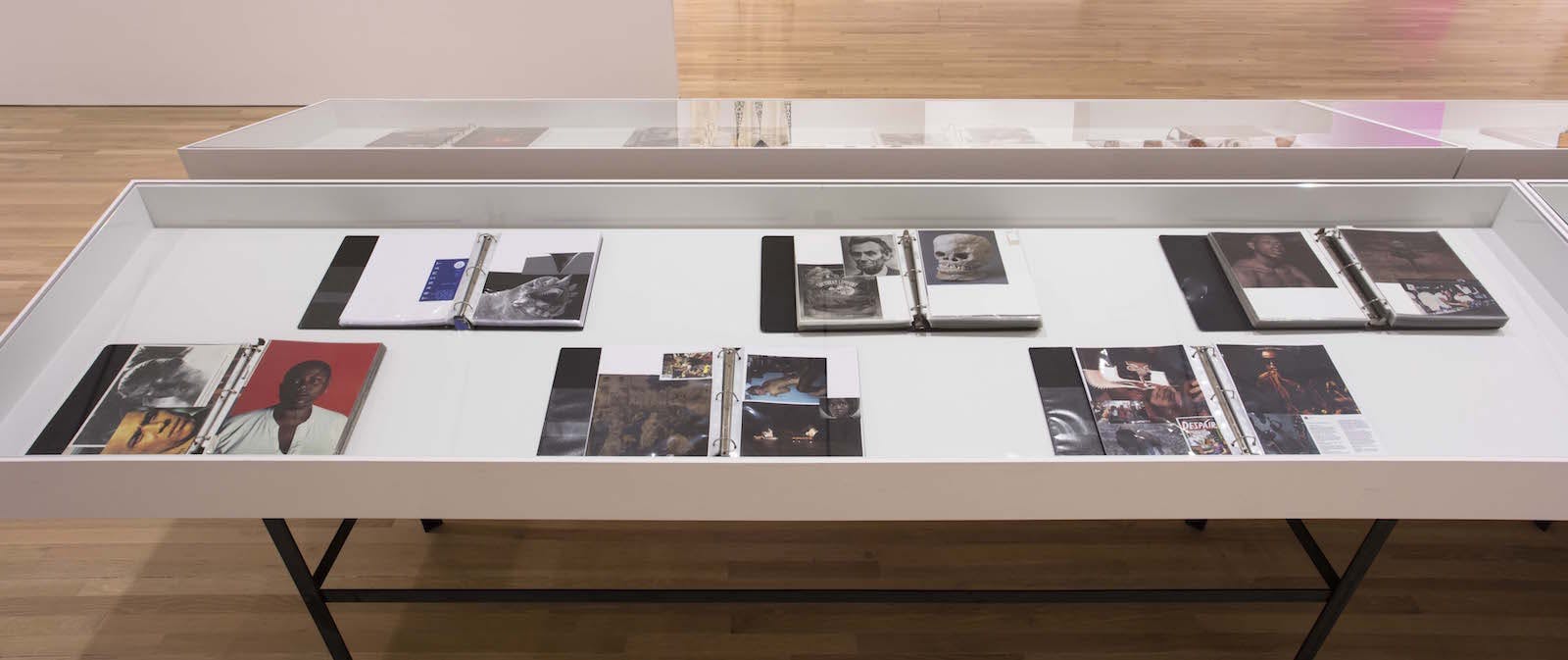
What themes tie the works and artists in “Made in LA” together?
Hamza Walker: There are no themes. Any recurring themes are happenstance and were not imposed by us. We just went out and looked at a lot of art. The main thing was making it fit, meaning giving the work the space it needed.
What role have your studio visits across Southern California played in curating this exhibition?
Hamza Walker: The visits were the basis for choosing the artists and, or, their work.
What was it like collaborating with the other curator of “Made in LA” Aram Moshayedi?
Hamza Walker: FABULOUS. We have an understated simpatico.
We are both interested in how the visual arts rub shoulders with other disciplines - music, performance, literature, fashion.
What unique perspectives did he bring to the experience of curating?
Hamza Walker: As a native, Aram knows the scene in a nuanced fashion. That said, it was not as much a question of a unique perspective as much as the way our perspectives jibed. We are both interested in how the visual arts rub shoulders with other disciplines—music, performance, literature, fashion.
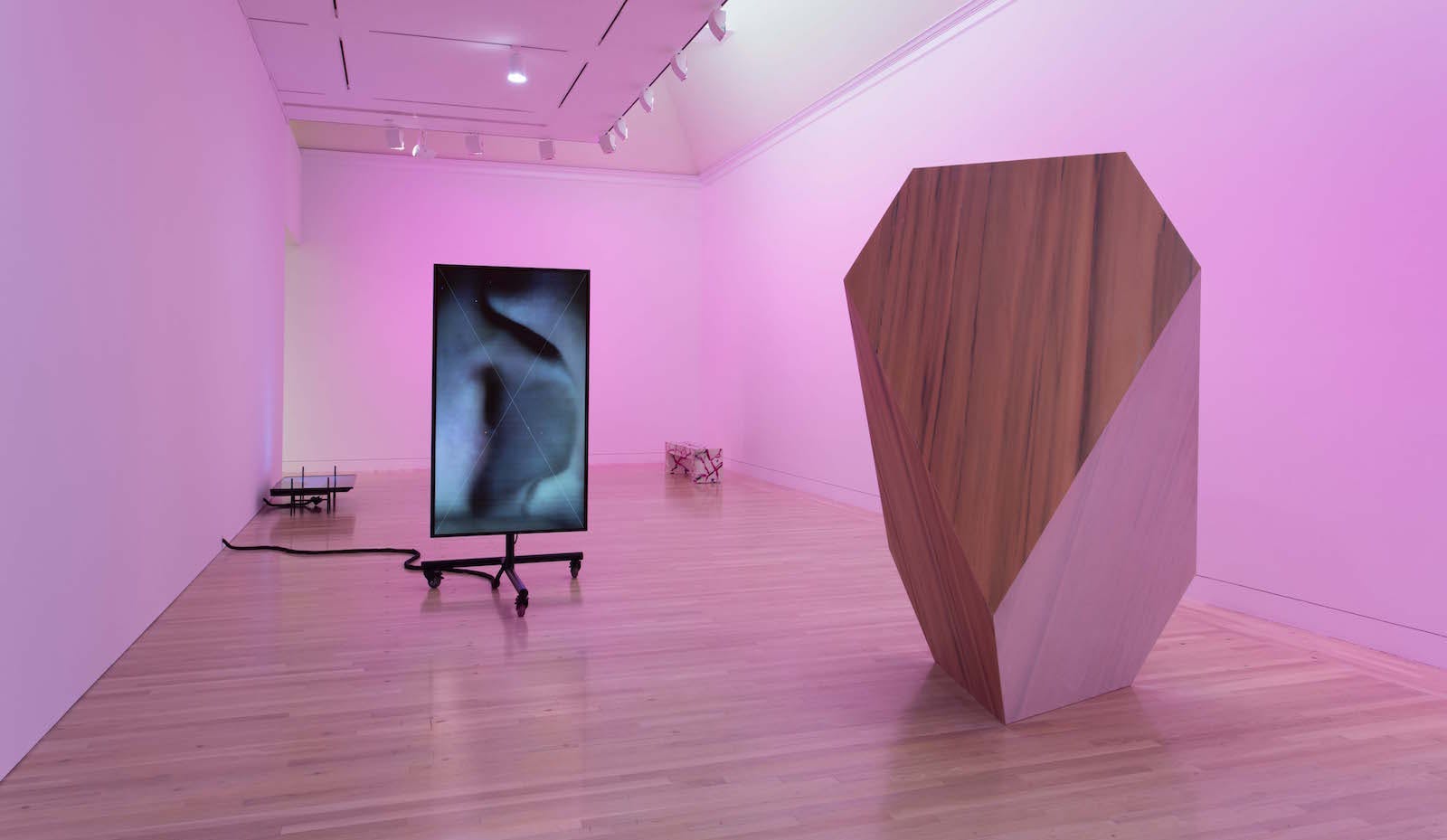
This exhibition took a lot of risks. Many of the pieces are very experimental and play on the expectations of the visitors. How do you hope for this show to be seen?
Hamza Walker: Aram and I wanted to provide more in depth experiences with each artist and we wanted to have a range of artists that reflected the city’s dynamism. We don’t expect visitors to like all of the art, but we wanted them to be able to engage in substantive fashion with the work of those artists they do like, even if it is only 2 or 3 artists.
Guthrie Lonergan’s work for this exhibition is in part digital, with his M&M characters hovering in the corner of every page of the Hammer website. Did you always plan to have the exhibit expand into the website?
Hamza Walker: We did not have plans for it to expand into the website, but we were completely open when the opportunity presented itself. Along that train of thought, we were wary of having satellite spaces. Yet we wanted the show to breathe rather than feel as though it were contained in the Hammer in a hermetic fashion. Todd Gray and Aram Saroyan’s work, like Guthrie’s website project, represent non-traditional platforms.
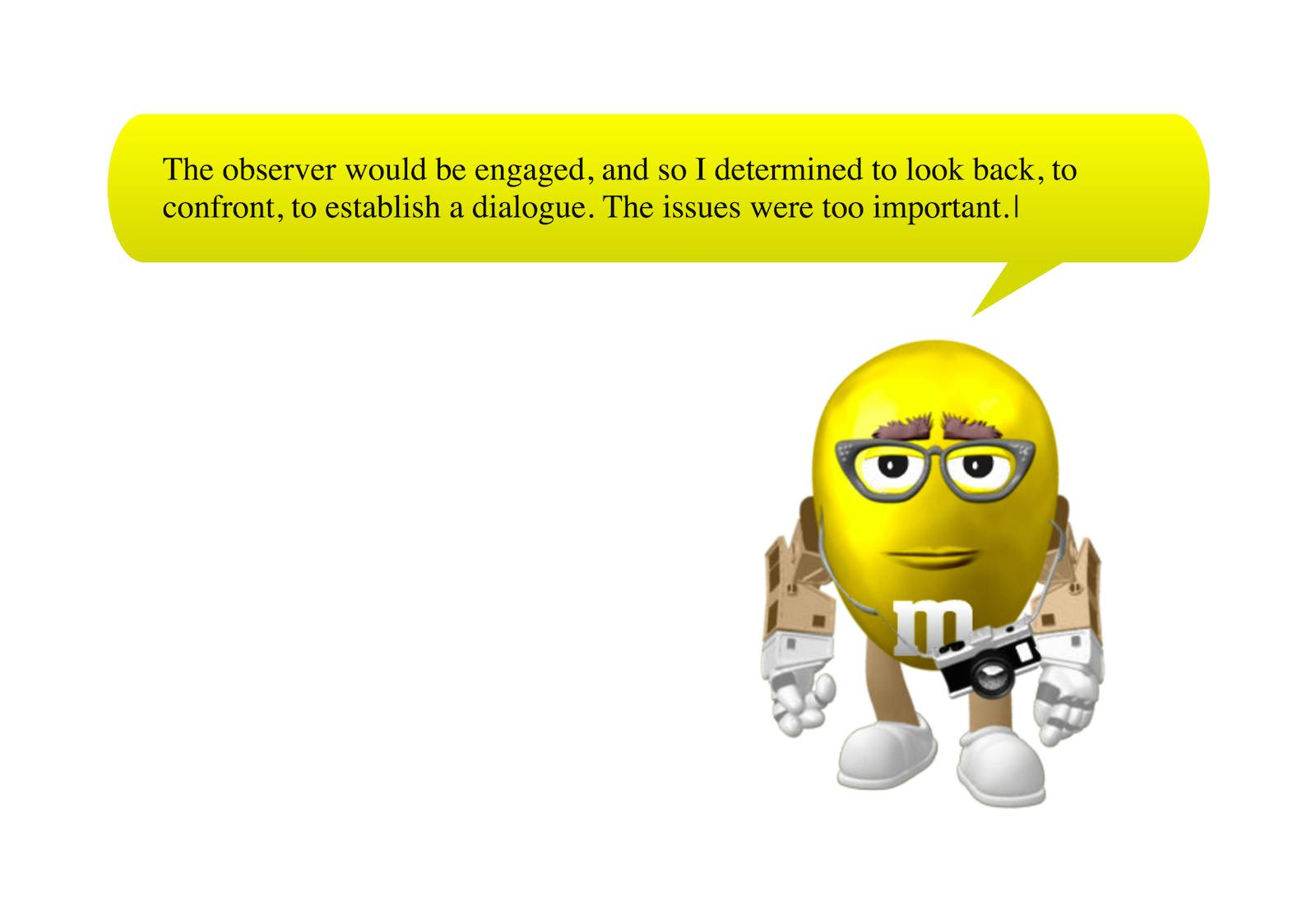
The digital experience, broadly defined, is a ubiquitous part of our lives. The museum experience, however, has always been seen as separate from life, like the distinction, in anthropological terms, between the sacred and profane.
How do you think digital experiences impact and interact with in-person museum visits?
Hamza Walker: The digital experience, broadly defined, is a ubiquitous part of our lives. The museum experience, however, has always been seen as separate from life, like the distinction, in anthropological terms, between the sacred and profane. While I don’t think the digital experience has had a substantial impact on the in-person museum visit itself, I do think our increasing interaction with screens has made us more conscious of being in the presence of work in unmediated fashion. Paradoxically, it is at that very moment that viewers often feel compelled to take selfies, to virtually validate that very experience. This, however, holds true of any experience. To have an experience is to be made aware of one’s presence. That presence invokes another’s absence, an absence that can be abridged through digital technology.

What sets the 2016 “Made in LA” apart from other years?
Hamza Walker: There are fewer artists. As I mentioned earlier, Aram and I wanted to present a more in depth look at fewer artists. As simple as this sounds, it has a substantial impact on how the exhibition is structured.
